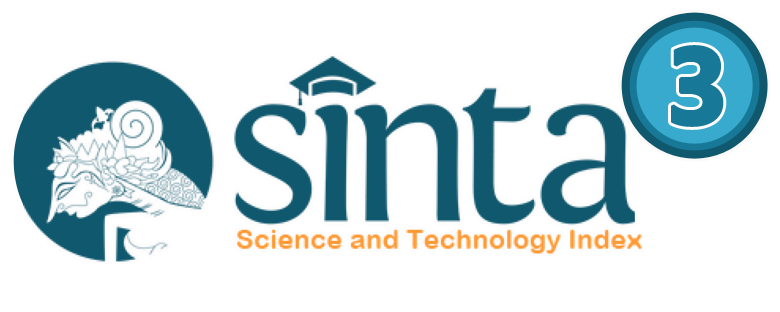Inclusion of Interest Rate Risk in Credit Risk on Bank Performance: Evidence in Indonesia
DOI:
https://doi.org/10.35838/jrap.2020.007.01.2Keywords:
liquidity, bank performance, interest rate risk, credit risk, monetary theory, financial intermediation theoryAbstract
ABSTRACT
This study aims to empirically examine the effect of liquidity on bank performance through the inclusion of interest rate risk on credit risk (INRISK) as a mediator. Where the inclusion of interest rate risk in credit risk (INRISK) is a novel concept developed from the synthesis of monetary theory, financial intermediation theory and liquidity theory, as an attempt to mediate the research gap between the effect of liquidity on bank performance. This study uses panel data with 30 companies as samples and uses the study period from 2010 to 2018, resulting in 270 observational data. All samples are banking companies listed on the IDX. The analytical tool used in this study was PLS-Sem with the WarpPLS 5.0 application.
ABSTRAK
Penelitian ini bertujuan untuk menguji secara empiris pengaruh likuiditas terhadap kinerja bank melalui dimasukkannya risiko suku bunga pada risiko kredit (INRISK) sebagai mediator. Dimana dimasukkannya risiko suku bunga dalam risiko kredit (INRISK) adalah konsep baru yang dikembangkan dari sintesis teori moneter, teori intermediasi keuangan dan teori likuiditas, sebagai upaya untuk menengahi kesenjangan penelitian antara pengaruh likuiditas terhadap kinerja bank. Penelitian ini menggunakan data panel dengan 30 perusahaan sebagai sampel dan menggunakan periode penelitian dari 2010 hingga 2018, menghasilkan 270 data observasi. Semua sampel adalah perusahaan perbankan yang terdaftar di BEI. Alat analisis yang digunakan dalam penelitian ini adalah PLS-Sem dengan aplikasi WarpPLS 5.0.
JEL Classification: L10, G32
Downloads
Downloads
Published
Issue
Section
License
Authors who publish with this journal agree to the following terms:
- Authors retain copyright and grant the journal right of first publication with the work simultaneously licensed under a Creative Commons Attribution-ShareAlike 4.0 International License that allows others to share the work with an acknowledgement of the works authorship and initial publication in this journal.
- Authors are able to enter into separate, additional contractual arrangements for the non-exclusive distribution of the journals published version of the work (e.g., post it to an institutional repository or publish it in a book), with an acknowledgement of its initial publication in this journal.
- Authors are permitted and encouraged to post their work online (e.g., in institutional repositories or on their website) prior to and during the submission process, as it can lead to productive exchanges, as well as earlier and greater citation of published work (See The Effect of Open Access).














